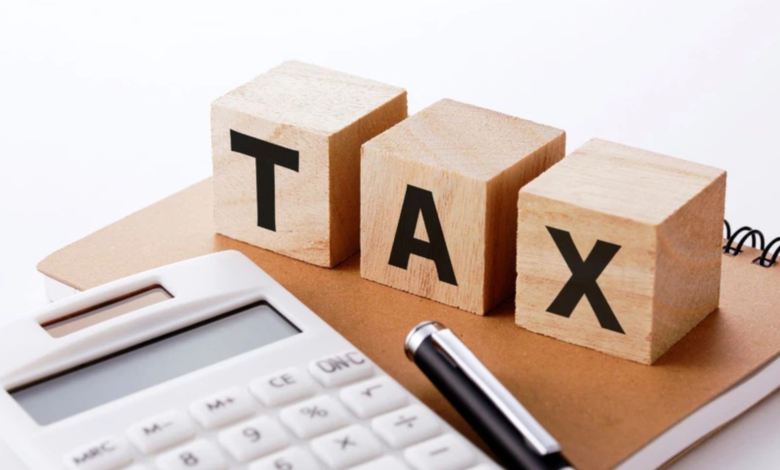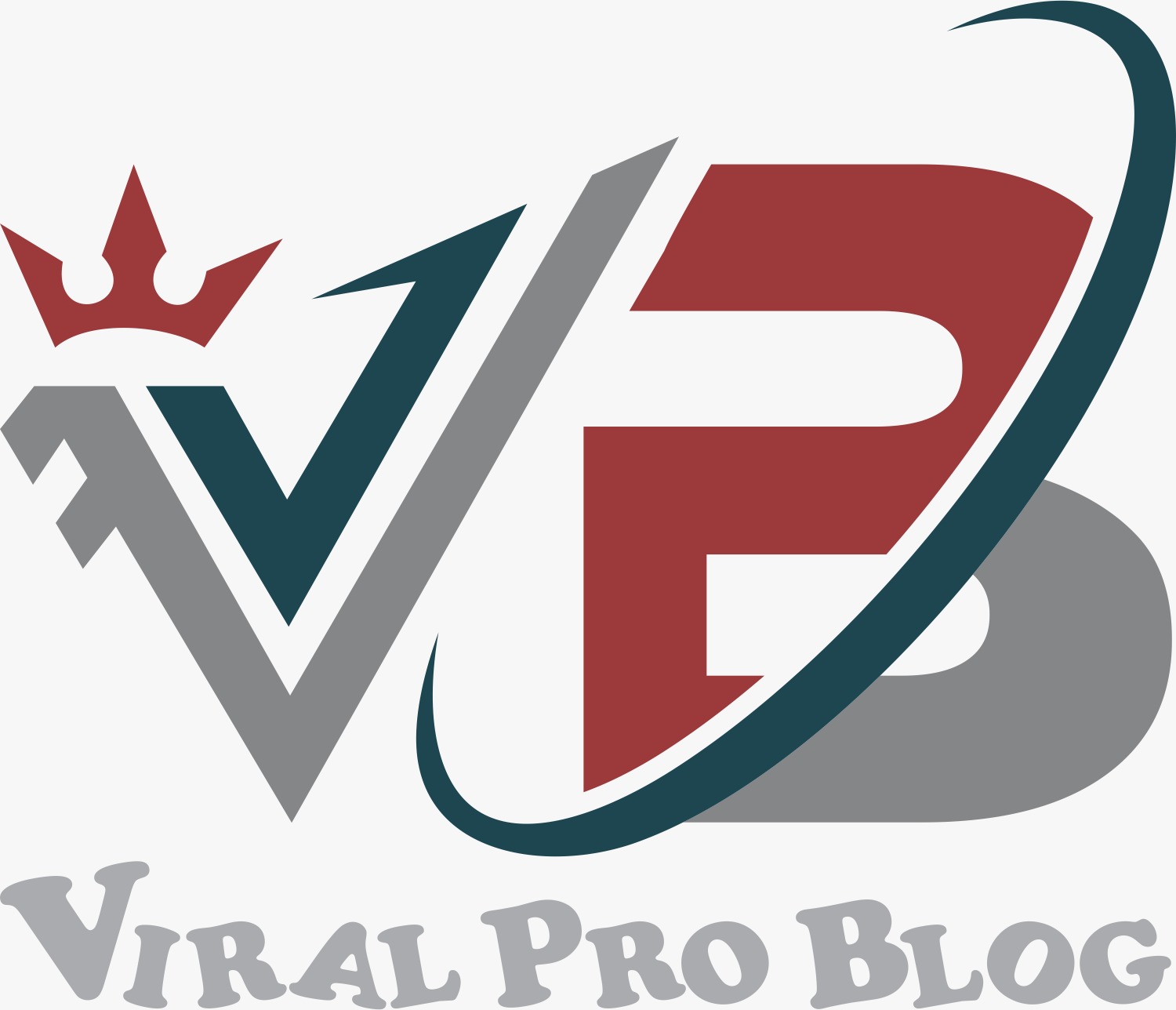New Rules & Regulation Changes For Tax Claims in 2024

Accountants in the UK are getting ready for big tax claims which are scheduled to take effect this year as the 2023–2024 fiscal year gets underway. Both individuals and businesses are going to be significantly impacted by these changes, so careful preparation and preparedness are needed. In this piece, we’ll examine the crucial elements that accountants need to take into consideration and offer advice on how to successfully manage these adjustments. Aside from keeping yourself updated on any news regarding changes to taxes, you should also learn how to claim tax rebate.
Modifications to Tax Rates:
The modification to tax rates represents one of the major adjustments for the next tax claims year. The higher rate & additional income tax levels have been reduced as of April 2023, although the basic income tax rate will stay at 20%. Income tax will now be paid on incomes above £125,140 rather than £150,000 for higher-rate taxpayers, while the top band for high-rate taxpayers will drop from £150,000 to £125,140. Due to this modification, a total of 232,000 people will be subject to the higher tax rate bracket. The replacement of the super-deduction legacy with a new regime known as “full expensing” is an additional noteworthy development.
Businesses can now claim 100% capital allowances on eligible expenses under this new framework, which will last until March 31, 2026. The purpose of this extension is to promote economic growth and corporate investment. Additionally, starting on April 1, 2023, the government intends to raise the rate of R&D relief for qualified businesses. With this adjustment, qualifying R&D expenditures will be eligible for repayment at an average of nearly 27%, a considerable increase over the previously disclosed rate of 18.6%.
Reduction of Dividend Allowance:
There was a decrease in the amount levied for dividends at the zero rate in April of the previous year. In April 2024, the Dividend Allowance was reduced from £2,000 to £1,000 and then again to £500. Approximately 3,235,000 people will be impacted by this reduction. Higher tax claims rates are the outcome of an increase in the income tax rate that applies to dividend income, which occurred in April 2022. Conventional extraction routes are becoming more costly for owner-managed firms due to this change. Therefore, to control their tax liability, firms must investigate other options like pension contributions, charity donations, and Individual Savings Account (ISA).
Changes to Corporation Tax Claims:
The fiscal year 2022–2023 for corporations was the final one in which the corporate tax rate was only 19%. Profits over £250,000 are subject to a new rate of 25% starting in April 2023, while profits between £50,000 and £250,000 are going to be taxed at a minimal rate of 26.5%. To lessen the impact of this rise, small business owners should evaluate their plans for the upcoming year.
Examining the Legal Framework of Your Company:
One of the most important aspects of tax preparation is taking your company’s legal framework into account. It is crucial to take into account aspects other than tax ramifications and match your company’s structure with your long- and short-term aims. Partnerships and sole proprietors may want to think about whether it would be better to incorporate or if it continues to be suitable to stay in their present structure.
Although incorporation gives lower tax rates, other aspects like one’s unique situation, long-term objectives. And business ramifications must also be taken into account. Putting a plan in place is essential for business exit planning to maximise revenues or minimise tax liabilities. Entrepreneur’s Relief (ER), formerly known as Business Asset Disposal Relief (BADR). Could still be offered to offer tax benefits for firm sales or dissolutions. Before a firm exits, compensation should be planned to maximise the extraction at a lower tax rate.
Creating Digital Tax Compliance (MTD):
Businesses need to get ready for the impending implementation of MTD for Income Tax Self-Assessment (ITSA). Even though it has been postponed until 2026. Since MTD for VAT has already been put into place. Owners of companies ought to be knowledgeable about how to provide VAT data in a way that complies. Businesses must adjust to the needs of digital taxes to maintain compliance and prevent fines.
Ownership Configuration and Pension Payments:
A company’s ownership structure may present tax planning alternatives. Partnerships and joint ownership with a spouse, for instance, can facilitate efficient profit distribution and tax liability management. Married couples can keep their exemptions. And benefit from lower tax rate bands by utilising joint ownership. Versatility in compensation alternatives, including salary, dividends, interest, pension investments. Or any combination of these, is another benefit of incorporating a corporation.
Contributions to pensions can be a useful tool to handle tax circumstances, particularly in situations when higher tax rates are applicable. Tax claims are granted to contributions made to pension plans. Enabling people to increase the amount of income subject to standard rate taxation. By doing this, tax obligations can be decreased and personal allowances may remain.
Final Words: Plannig Tax Claims:
It is essential to keep up with tax claims upgrades and comprehend the ways they will impact the company. Accountants ought to collaborate effectively with entrepreneurs to offer advice on tax claims. Planning techniques and guarantee adherence to evolving legal requirements.





